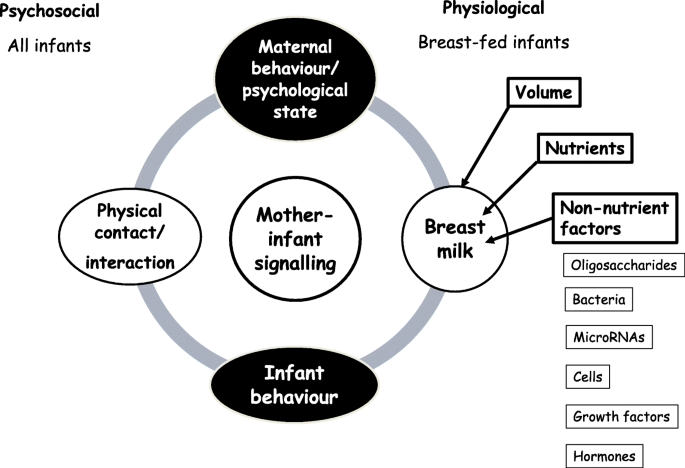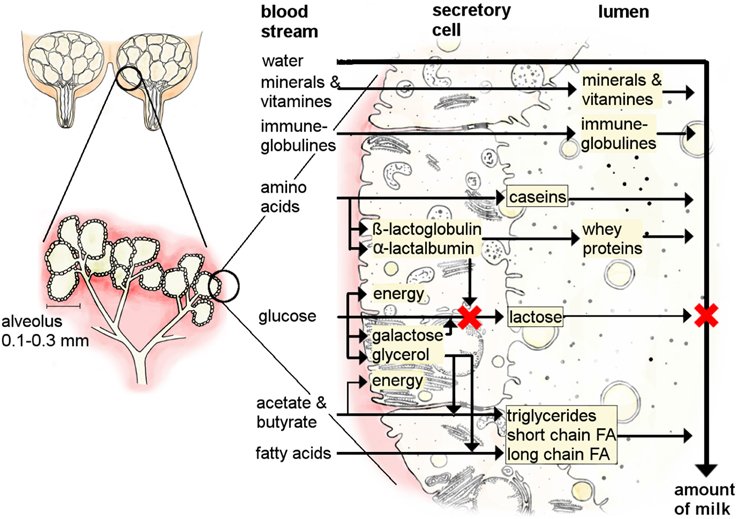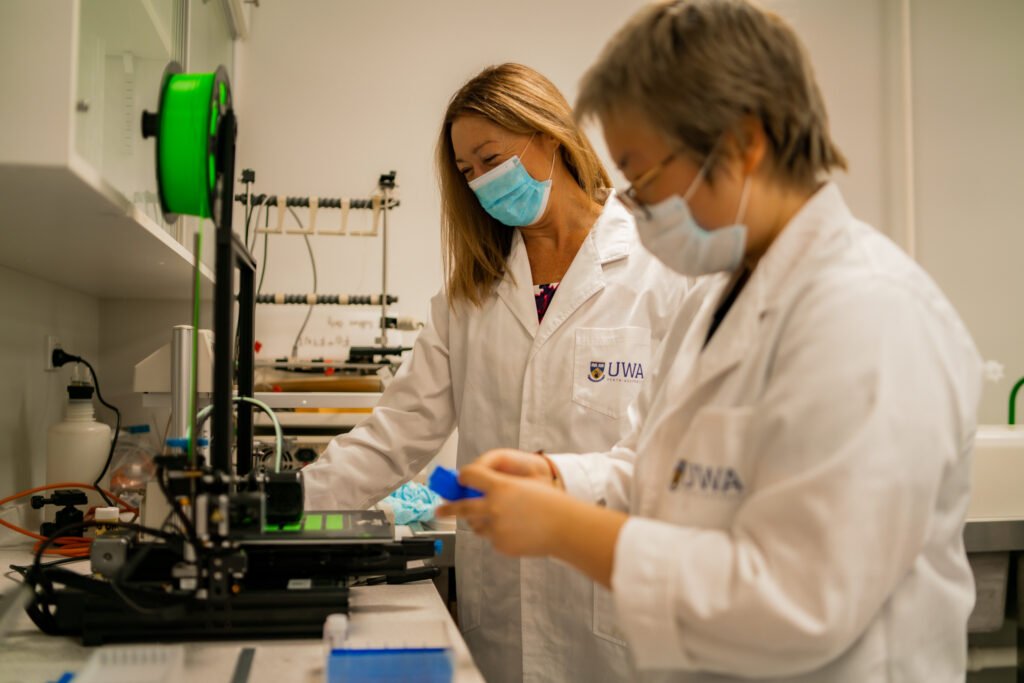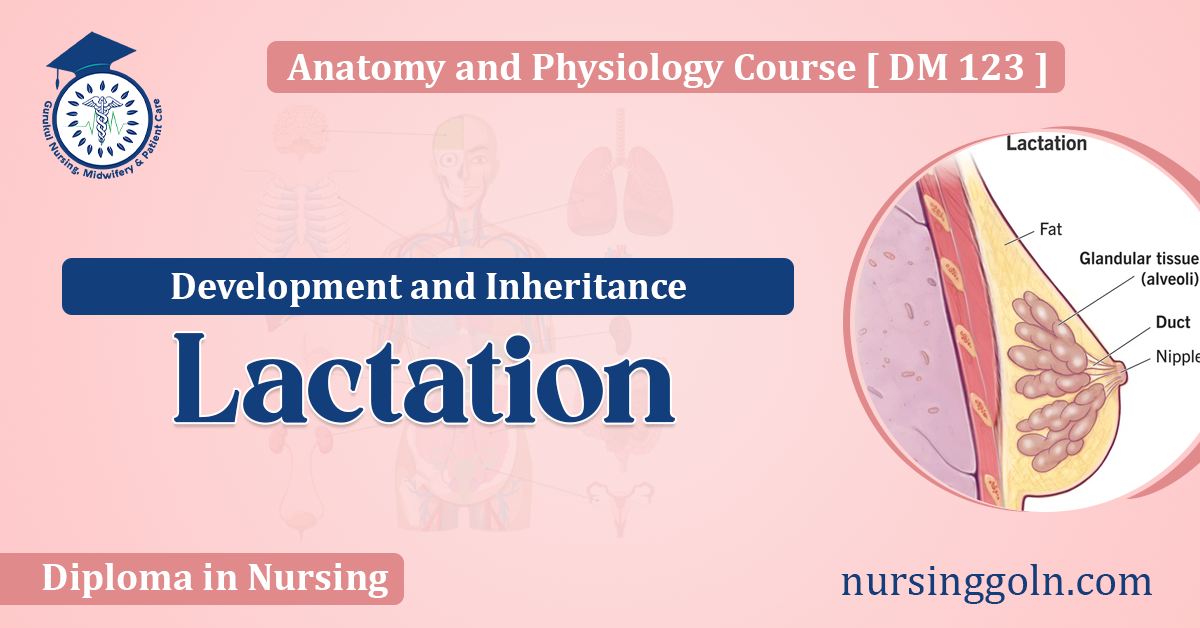Today our topic of discussion is ” Aspects of Lactation “. Lactation is a hallmark of mammalian physiology, serving a critical role in the survival of offspring by providing necessary nutrients, immune protection, and fostering maternal-infant bonds.
Lactation encompasses not only the production of milk by the mammary glands but also the regulation of this process through a complex interplay of hormones, genetic factors, and environmental influences. This article will delve into the developmental aspects of lactation, the genetic and environmental factors influencing milk production, and the inheritance patterns that impact lactation abilities across generations.
Aspects of Lactation : Development and Inheritance
Developmental Aspects of Lactation
The mammary glands are the organs responsible for milk production, and their development occurs across various stages of life, starting from embryogenesis to puberty, pregnancy, and beyond. Initially, the mammary gland begins to form during embryonic development with the establishment of the mammary ridge or milk line, a structure that appears in all mammalian embryos but will persist and develop only in specific locations known as mammary buds in species with mammary glands.
During puberty, under the influence of ovarian hormones such as estrogen and progesterone, along with growth hormones and insulin-like growth factors, the mammary gland undergoes significant changes. The glandular tissue proliferates, and the ductal system begins to branch and differentiate in preparation for future lactation. It is in this stage that the potential for milk production is established, although full functional capability is not reached until pregnancy.

Pregnancy heralds a period of intense mammary development, with the proliferation of alveoli, which are the milk-secreting units, and the differentiation of mammary epithelial cells into milk-producing cells. This process is regulated by a symphony of hormones, including prolactin, human placental lactogen, and cortisol. Prolactin, in particular, plays a key role in initiating milk synthesis during the later stages of pregnancy.
Following parturition, the drop in progesterone, along with continued high levels of prolactin and the onset of the suckling-induced release of oxytocin, initiates the onset of lactation, or ‘lactogenesis’. Oxytocin is crucial for the milk ejection reflex, allowing the transfer of milk from the alveoli through the ductal system to the nipple.
Genetics of Lactation
Genetic factors are deeply involved in the regulation of lactation. The genes that encode for the various hormones and receptors, such as prolactin, oxytocin, estrogen, and progesterone, and their receptors are central to lactation. Genetic variations in these genes can influence milk production volume, composition, and the onset of lactation.
The inheritance of such traits follows typical Mendelian patterns, with certain alleles contributing to enhanced or reduced lactation abilities. For instance, polymorphisms in the gene encoding for the prolactin receptor may alter receptor function, leading to variations in milk production among individuals.
Moreover, genes that regulate the synthesis of milk components, such as caseins and whey proteins, are subject to genetic variability. These variations can affect the nutritional and immunological properties of milk, which are critical for the survival and health of the offspring.

Environmental and Epigenetic Factors
The environment plays a significant role in lactation as well. Nutritional status, stress levels, and exposure to environmental contaminants can all affect milk production and quality. Malnutrition can lead to insufficient milk synthesis, while chronic stress can disrupt the hormonal balance necessary for lactation.
Furthermore, epigenetic mechanisms, which include DNA methylation and histone modification, can modulate gene expression without altering the underlying DNA sequence. These modifications can be influenced by environmental factors and can have lasting effects on lactation performance, potentially even across generations.

Inheritance and Intergenerational Effects
The ability to lactate and the characteristics of milk are not only influenced by direct genetic inheritance but also by the maternal environment during pregnancy and lactation. For example, the in-utero environment can influence the development of the fetal endocrine system, which in turn can affect the future lactation abilities of the offspring.
There is also evidence to suggest that the experience of lactation can lead to epigenetic changes that may be passed down to subsequent generations, affecting their lactation abilities. For example, if a mother experiences undernutrition during lactation, it may not only affect the quantity and quality of her milk but may also have repercussions for the lactation abilities of her daughters.
Challenges in Lactation Research
Despite the progress in understanding lactation biology, there remain significant challenges in the field. The complex nature of milk synthesis, involving numerous hormones, growth factors, and local mediators, makes it difficult to isolate the effects of individual components. Furthermore, the interplay between genetics and the environment complicates the prediction of lactation success or failure in individuals.

Future Directions
Advancements in genomic and epigenetic technologies offer promising avenues for deeper insights into the biology of lactation. Identifying genetic markers associated with lactation traits can lead to better selection in breeding programs, particularly in the dairy industry. Furthermore, understanding epigenetic changes that occur during lactation can provide targets for nutritional or pharmaceutical interventions to improve lactation outcomes.
Conclusion
Lactation is a multifaceted physiological process influenced by an intricate web of developmental, genetic, environmental, and epigenetic factors. Its critical role in the survival and health of mammalian offspring makes it a vital area of research, with implications for human health, animal breeding, and the dairy industry. Continued exploration of the molecular underpinnings of lactation will enhance our understanding of this complex biological phenomenon and its intergenerational inheritance patterns.
Read more:
